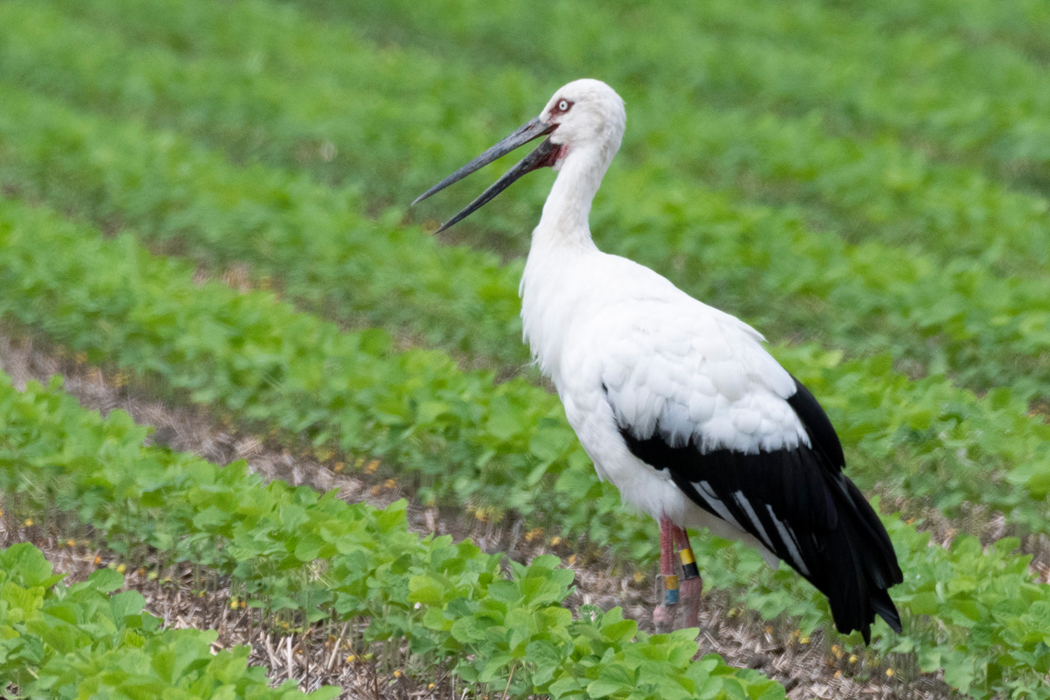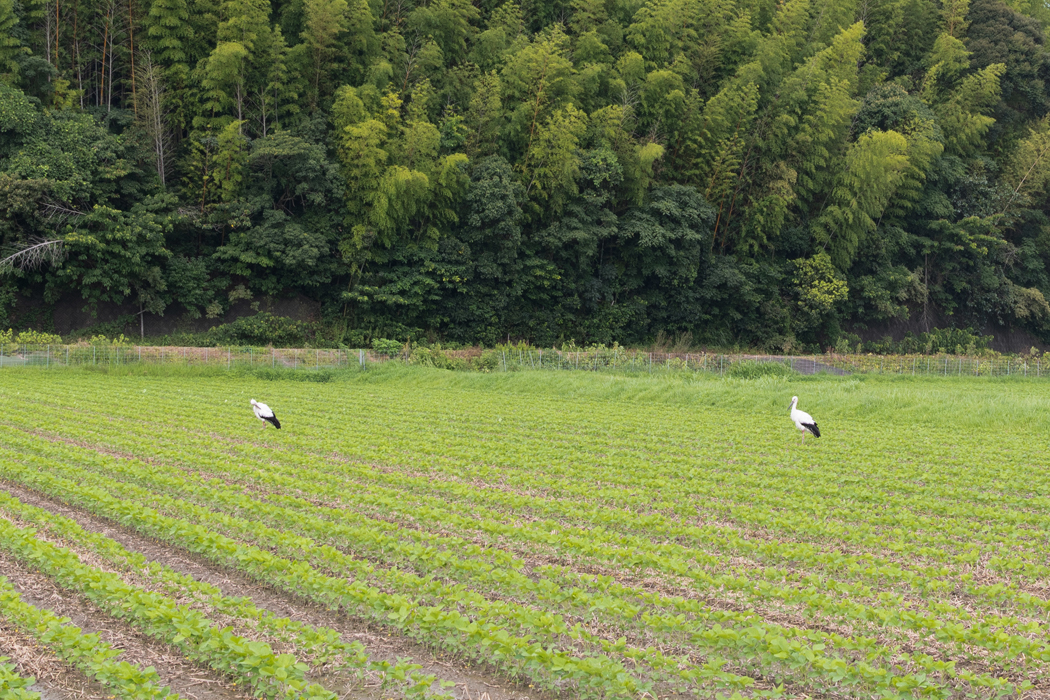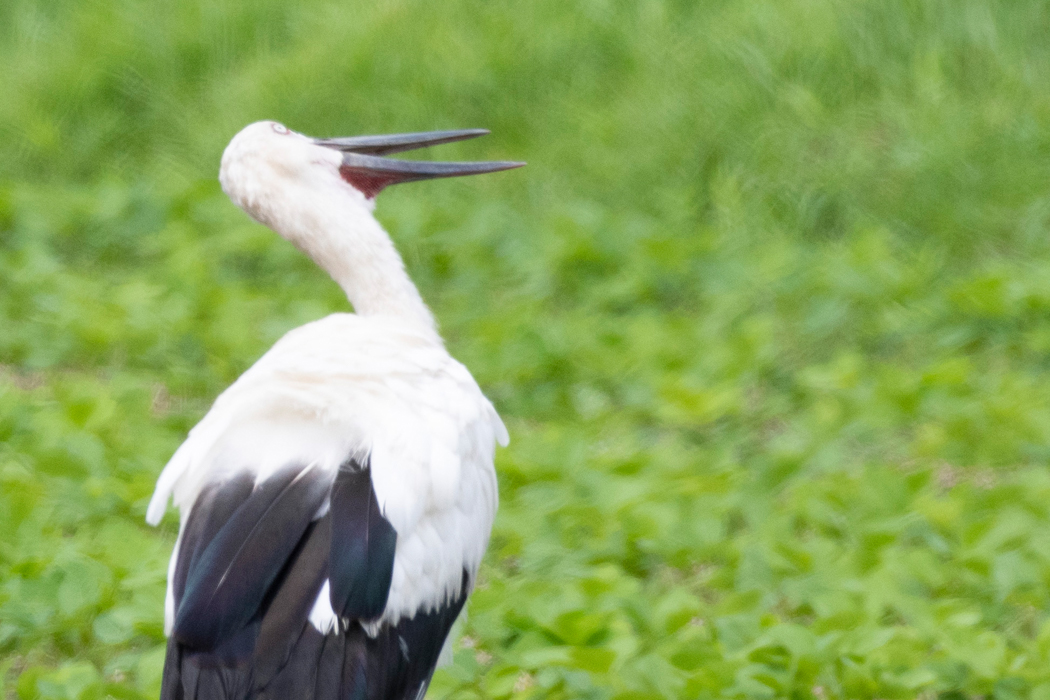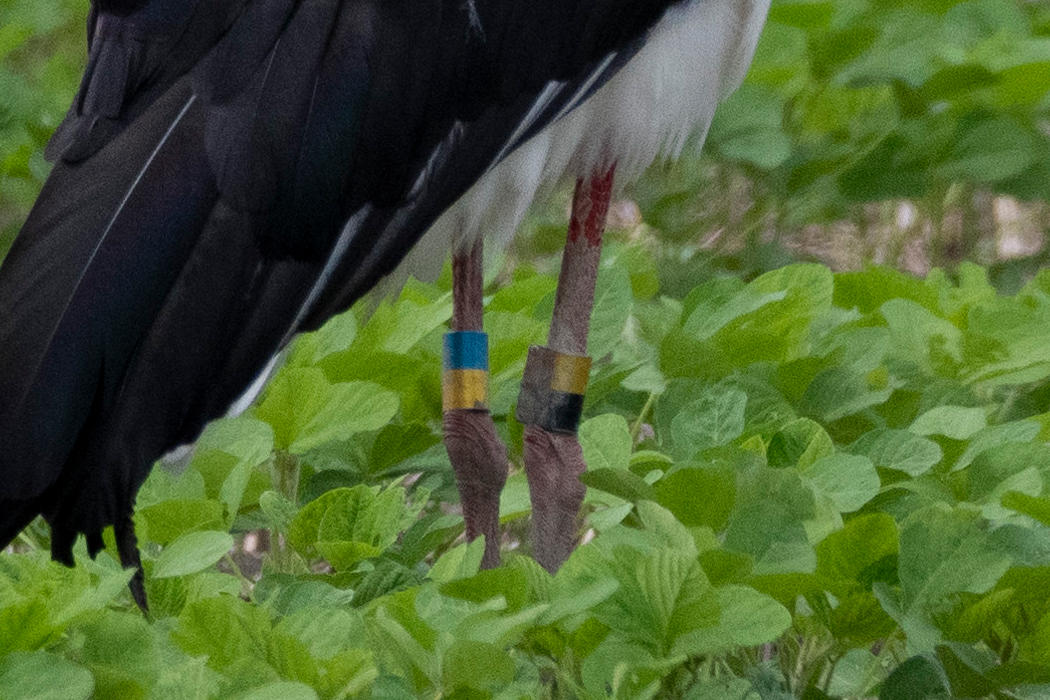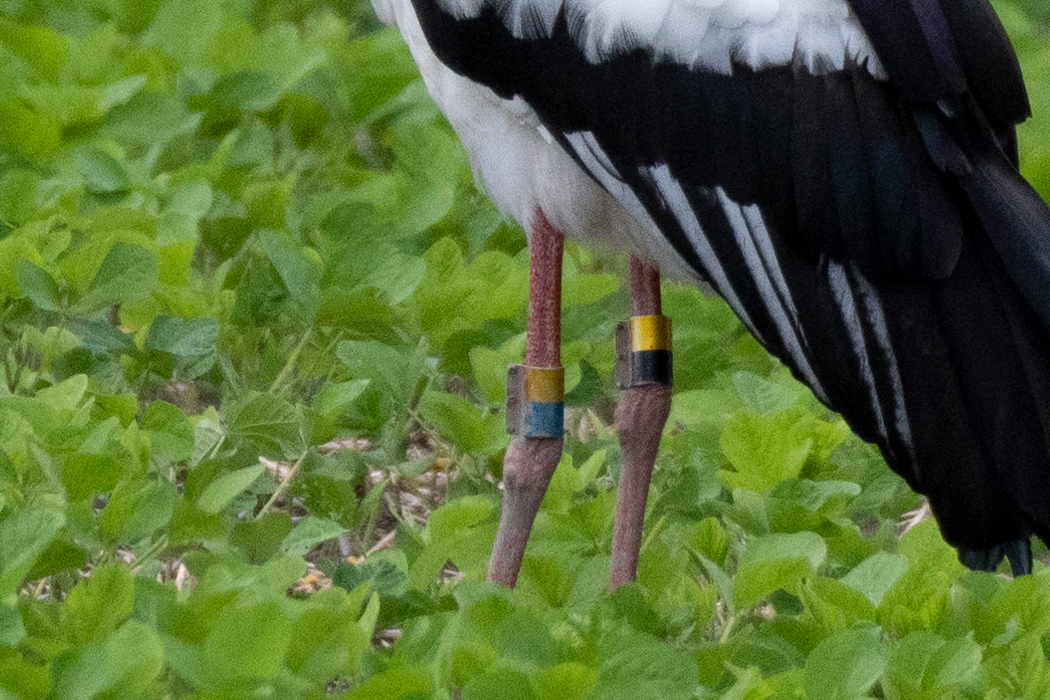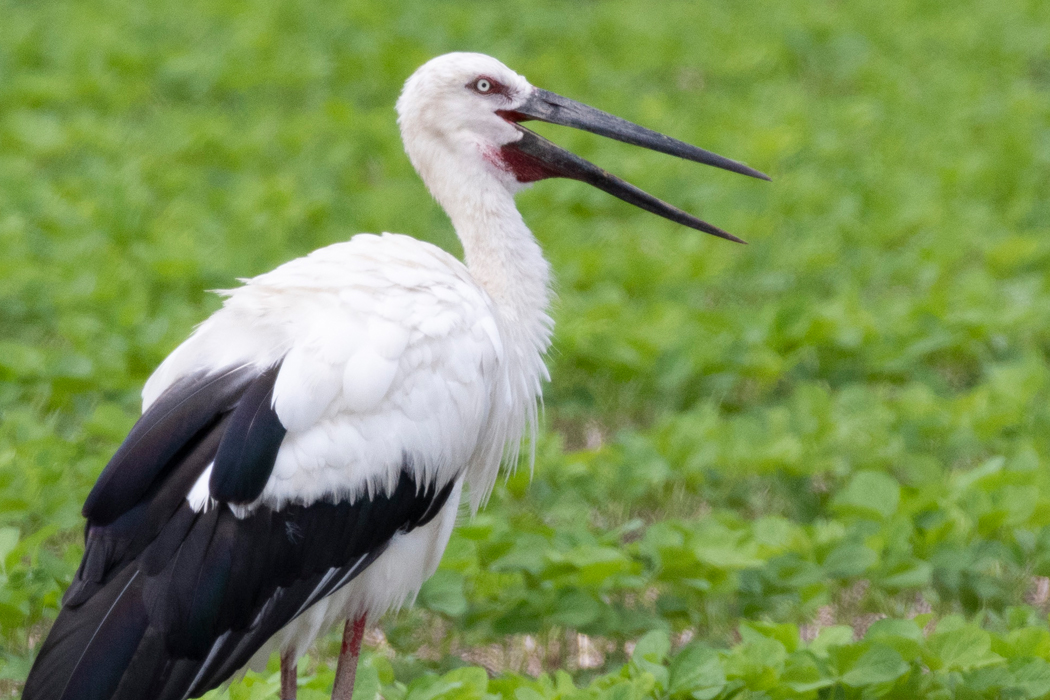
Japanese white stork
A large bird with a long, sharp beak.
| Scientific name | Ciconia boyciana |
| English name | Japanese white stork |
| Japanese name | 鸛 |
| Classification | Aves |
| Classification details | Ciconiiformes Ciconiidae |
| Full length | About 110cm |
| Distribution | East Asia to southeastern Russia. It stops in Japan on the way to migration. |
Characteristics
A large bird that can grow to over 1m. The whole body is covered with white feathers, and the tail is mixed with black feathers. The throat and legs are flesh colored. The beak is over 25 cm long and sharply pointed. The iris is white, and like herons, it seems that their facial expressions cannot be read.
Carry the baby
The story of "a stork carrying a baby" is well known, but in fact it does not refer to this species. This is a legend about a bird called Shubashkou, which belongs to the same family of storks.
Population Reduction and Conservation
During the Edo period, storks appeared in the rivers that flowed through the city, but their populations plummeted during the Meiji period due to overhunting, river pollution, and a decline in British equipment. It has been reintroduced mainly in Toyooka City, Hyogo Prefecture, and the population is recovering.
Individuals released into the wild are fitted with leg rings for identification, and the date of birth, place of leaving the nest, and sex can be known. For the individuals photographed this time, we were able to identify them based on the materials posted on the Hyogo Prefectural Stork Village Park page.
Hyogo Prefectural Stork Town Park Ankle Catalog:Ankle Catalog
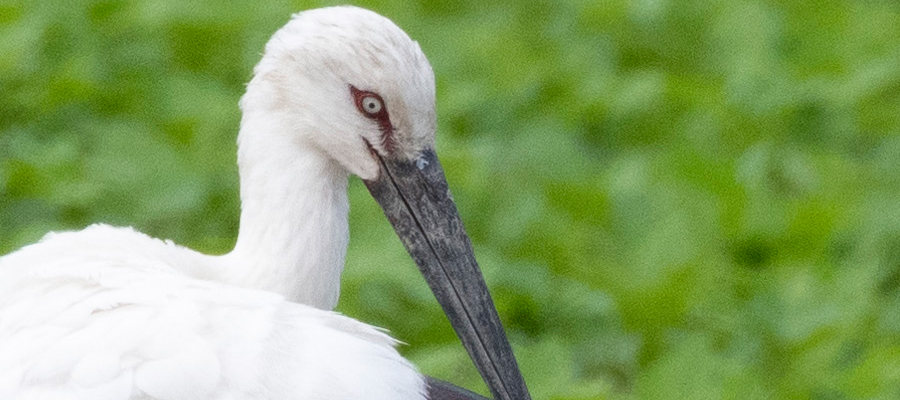
Ecology
Inhabits rivers and wetlands, and eats fish and frogs. They may also prey on mammals such as mice and large fish such as catfish. Build nests in trees and breed. It takes about three months from egg-laying to fledgling.
Habitat
I found them mating in a paddy field in Omuta City, Fukuoka Prefecture. I wasn't aiming for it, I was surprised because it was a chance encounter. She didn't have a telephoto lens, so she quickly got it back and took the picture.
It seemed to be slowly foraging in the fields. Since I was able to take a picture of the ankle, I identified the individual based on the above-mentioned ankle catalog.
JO133 female
left foot yellow-blue
right foot yellow - black
A female born on April 25, 2016, who fled from Izusuto, Toyooka City, Hyogo Prefecture.
JO141 Male
left foot blue-yellow
right foot yellow - black
Born on March 21, 2017, he is a male who fled from Bando Electric Pole Nest in Naruto City, Tokushima Prefecture.
I was impressed that I was able to identify individuals so well.
Pictures
Introducing a picture of Japanese white stork.

Picture book
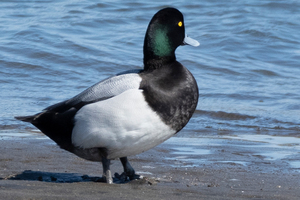
Greater Scaup
Black mixed with green sheen.......ead more.
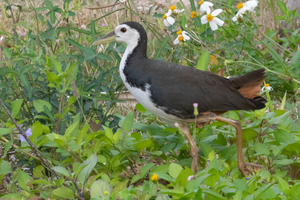
White-Breasted Waterhen
White from the face to the chest.......ead more.

Meadow Bunting
look up, puff out your chest and sing......ead more.

Orbicular batfish
Juveniles camouflage on dead leaves.......ead more.

Plectroglyphidodon leucozonus
There is a white band in the middle of the body.......ead more.


